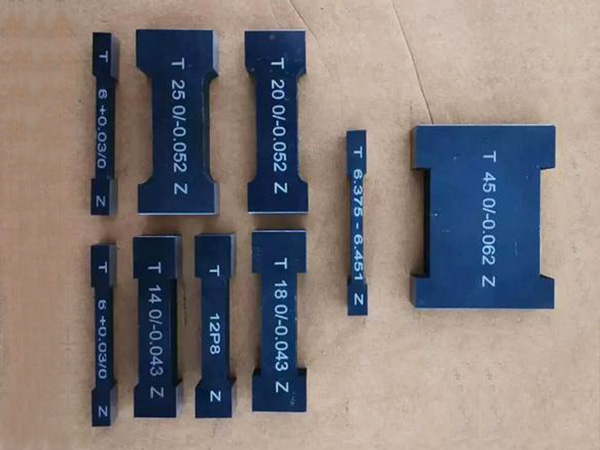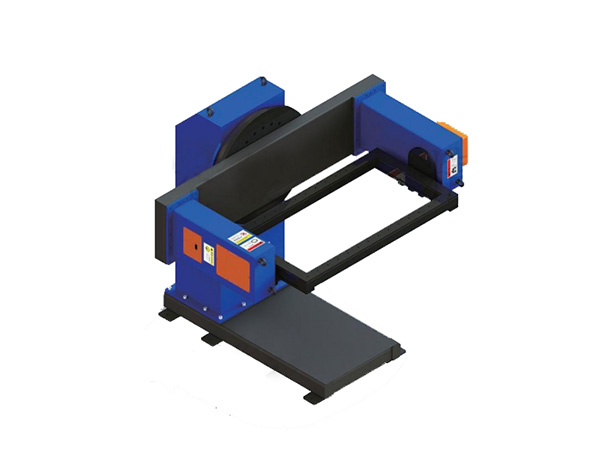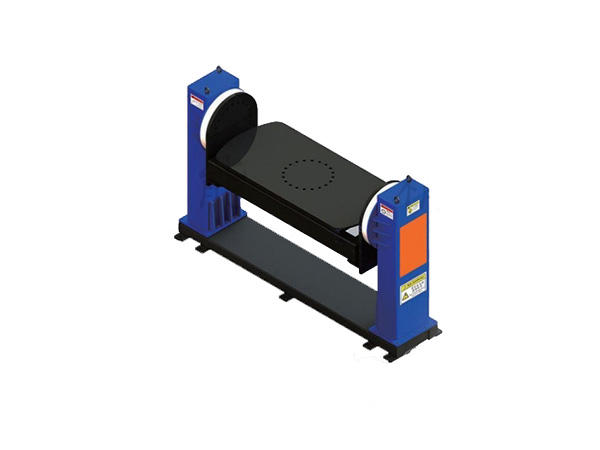- Navigation -
NEWS DETAILS
NEWS INFORMATION
How to Choose the Right Size of Cast Iron Surface Plate for Your Work
AUTHOR:Bozhong Tool DATE:2025-10-31 12:37:28 HITS:145
In precision engineering, few tools are as essential as the Cast Iron Surface Plate. It acts as a stable, flat reference base for inspection, layout, and calibration, ensuring accuracy across machining and manufacturing tasks.
As a China cast iron surface plate manufacturer with extensive production capability and bulk supply options, we understand that choosing the correct size is vital. The size of your surface plate directly affects the precision of your measurements, the convenience of your workspace, and the long-term performance of your inspection setup.
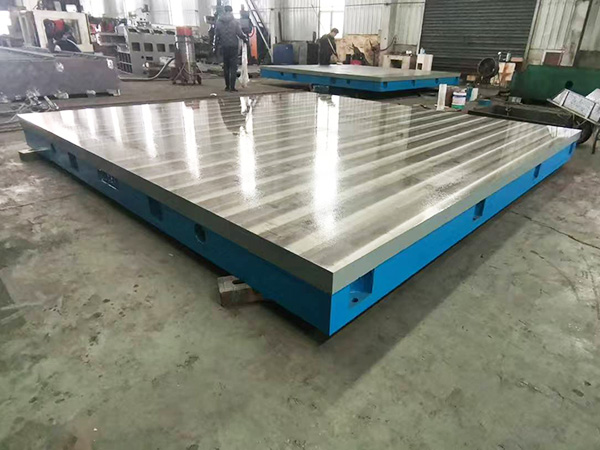

1. Understanding the Role of a Cast Iron Surface Plate
A cast iron surface plate is made from high-quality cast iron, carefully machined and hand-scraped to achieve an exceptionally flat reference surface. It is commonly used for checking flatness, marking layouts, and calibrating precision instruments.
Unlike a granite surface plate, cast iron versions are particularly suited to metalworking environments. They handle heavy loads, resist wear from clamping or tooling, and can be re-scraped easily when wear occurs. This makes them both economical and durable for workshop applications.
2. Why Plate Size Selection Matters
Selecting the correct size of your surface plate goes beyond fitting it into your workspace—it determines how accurately and efficiently you can perform your tasks. A plate that’s too small may not accommodate your workpieces or measuring tools, while one that’s too large can be difficult to move, maintain, or level properly.
When choosing, think about the size of the components you inspect most frequently, the type of work you perform, and how much working room you need around the part. Ideally, your surface plate should be large enough to support the full workpiece with space for your gauges or measuring tools.
3. Typical Plate Sizes and Their Applications
Small cast iron surface plates, such as 300mm or 400mm square, are perfect for fine instrument calibration, small component inspection, and tool verification. Medium-sized plates—around one meter long—are commonly used for general machining and workshop measurements.
Larger plates, such as 1500mm to 2000mm in length, are chosen for big castings, molds, or assembly fixtures. In heavy industries or large machine plants, extra-large plates are used for aligning assemblies and checking the straightness of large mechanical parts. Regardless of size, a quality surface plate should have sufficient rib reinforcement underneath to maintain rigidity and resist bending under load.
4. Key Considerations When Selecting a Plate Size
The first factor to consider is your type of work. If you mainly measure small parts or gauges, a compact plate is efficient and easier to maintain. For assemblies or machine bed alignments, larger plates are necessary.
The second factor is the accuracy grade. Plates are produced according to international standards such as DIN 876 or GB/T 22095, which classify them by flatness tolerance. Higher accuracy grades are typically required for laboratory testing or calibration, while general inspection may only need a Grade 1 plate.
Your working environment also plays a role. Variations in temperature or vibration can influence measurement accuracy. Cast iron performs well under stable conditions, but it’s wise to use anti-vibration supports and maintain a consistent temperature in the workshop.
Finally, consider maintenance. One of the main advantages of a cast iron plate is that it can be re-scraped to restore flatness, unlike granite, which must be re-lapped or replaced. However, larger plates require more effort to service and level correctly, so choose a size that balances practicality with precision.
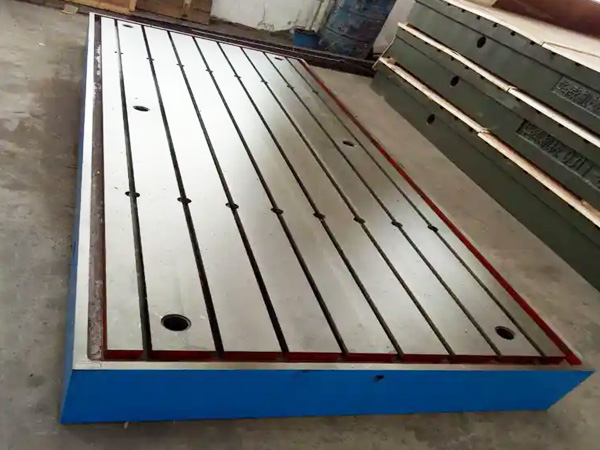
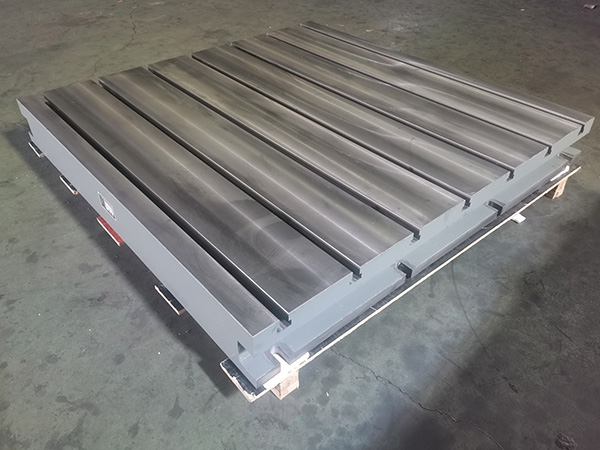
5. Cast Iron vs. Granite Surface Plates
While granite surface plates are often used in clean laboratories because of their corrosion resistance, cast iron surface plates remain the best option for mechanical workshops. They can handle frequent clamping, support heavier tools, and are less sensitive to accidental impacts.
Cast iron also provides the convenience of re-scraping—a process that restores the plate’s flatness at a fraction of the cost of replacement. For long-term industrial use, especially where oil, dust, or metal particles are common, cast iron offers better longevity and ease of maintenance.
6. Proper Maintenance for Long-Term Accuracy
To maintain the accuracy of your cast iron surface plate, clean it regularly to remove dust, chips, and oil residue. Always cover it when not in use to prevent corrosion.
Check flatness periodically using a straightedge or autocollimator. Apply a thin layer of protective oil to prevent rust, and if you notice surface wear or dents, have it re-scraped by a professional technician. Consistent care ensures your surface plate remains stable and precise for years, even in demanding environments.
7. Why Choose a China Manufacturer
Sourcing your cast iron surface plate directly from a China manufacturer offers key advantages:
·Bulk supply capability for workshops, OEMs, and distributors
·Factory-direct pricing with no middlemen
·Custom dimensions and specifications
·Quality assurance under ISO and GB standards
China’s surface plate manufacturers are experienced in precision casting and machining, supplying global markets with reliable, cost-effective products for toolmaking, automotive, and aerospace industries.
8. Final Thoughts
Choosing the correct size Cast Iron Surface Plate ensures you get the most out of your measuring and machining equipment. The right plate size increases accuracy, simplifies workflows, and reduces maintenance costs in the long run.
Whether you are setting up a small tool room or running a full-scale production line, working with a China cast iron surface plate manufacturer that offers bulk supply and customization guarantees consistent quality and dependable performance.
With the right size, care, and supplier, your cast iron surface plate will remain a cornerstone of precision in your workshop for years to come.
References
GB/T 7714:Rab S, Sanjid M A, Zafer A, et al. A new method of optimizing the thickness of metrological surface plate using simulation analysis[J]. Proceedings of the Institution of Mechanical Engineers, Part B: Journal of Engineering Manufacture, 2023, 237(6-7): 961-971.
MLA:Rab, Shanay, et al. "A new method of optimizing the thickness of metrological surface plate using simulation analysis." Proceedings of the Institution of Mechanical Engineers, Part B: Journal of Engineering Manufacture 237.6-7 (2023): 961-971.
APA:Rab, S., Sanjid, M. A., Zafer, A., Haleem, A., & Yadav, S. (2023). A new method of optimizing the thickness of metrological surface plate using simulation analysis. Proceedings of the Institution of Mechanical Engineers, Part B: Journal of Engineering Manufacture, 237(6-7), 961-971.
-
How to Choose the Right Size of Cast Iron Surface Plate for Your Work
-
Is Upgrading Your Welding Table a Worthwhile Investment?
-
Strategies to Reduce Defects in Machine Tool Castings Manufacturing
-
Why Cast Iron Surface Plates Remain the Benchmark in Precision Engineering
-
Essential Safety Guidelines for Operating a Welding Table
-
Key 2025 Developments Driving the Future of Machine Tool Castings
Botou Bozhong Precision Machine Tool Co., Ltd.
Copyright © 2025-2026 https://www.bozhong-weldingtable.com. All Rights Reserved Botou Bozhong Precision Machine Tool Co., Ltd.Copyright





 Current Location:
Current Location: